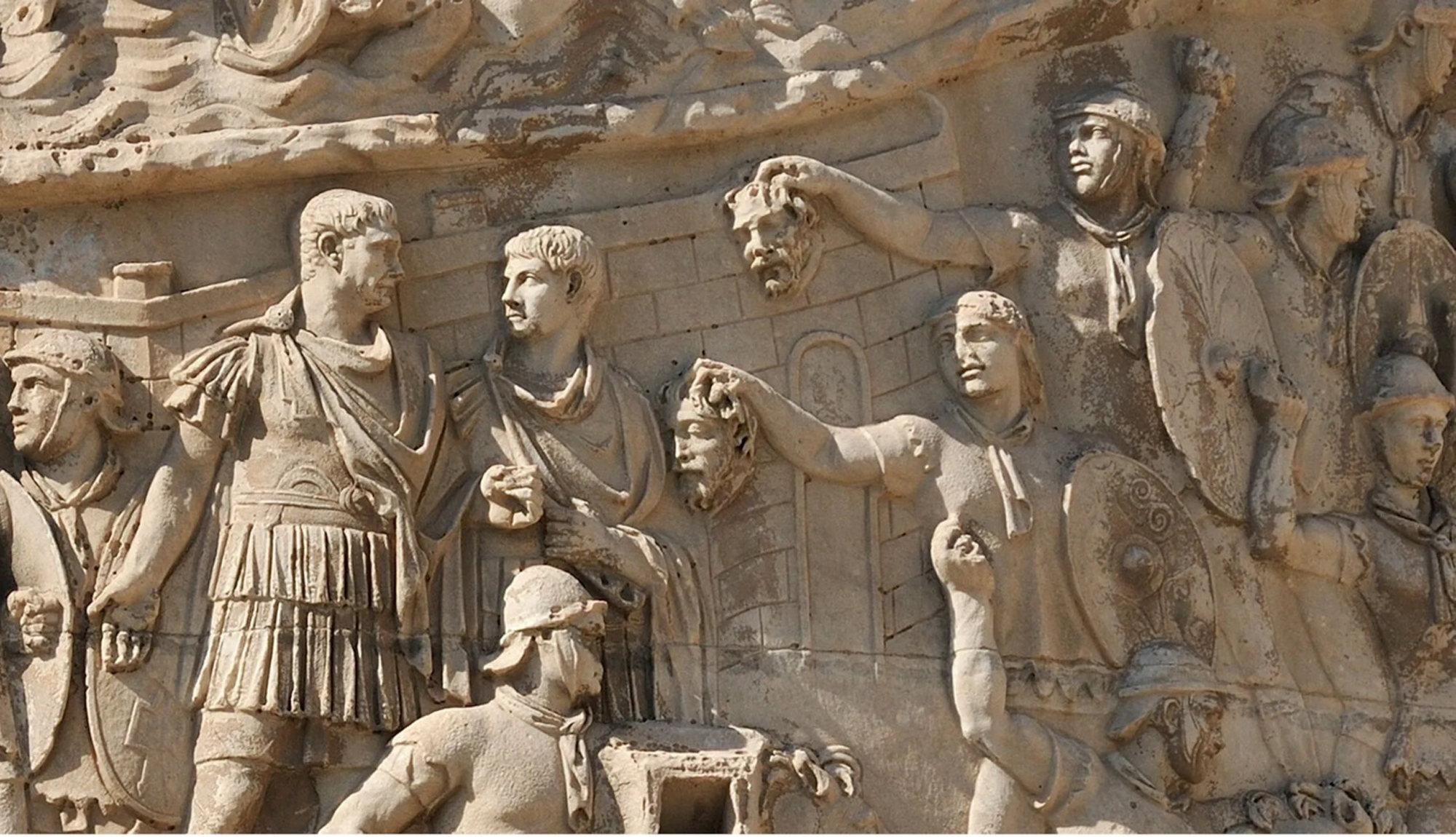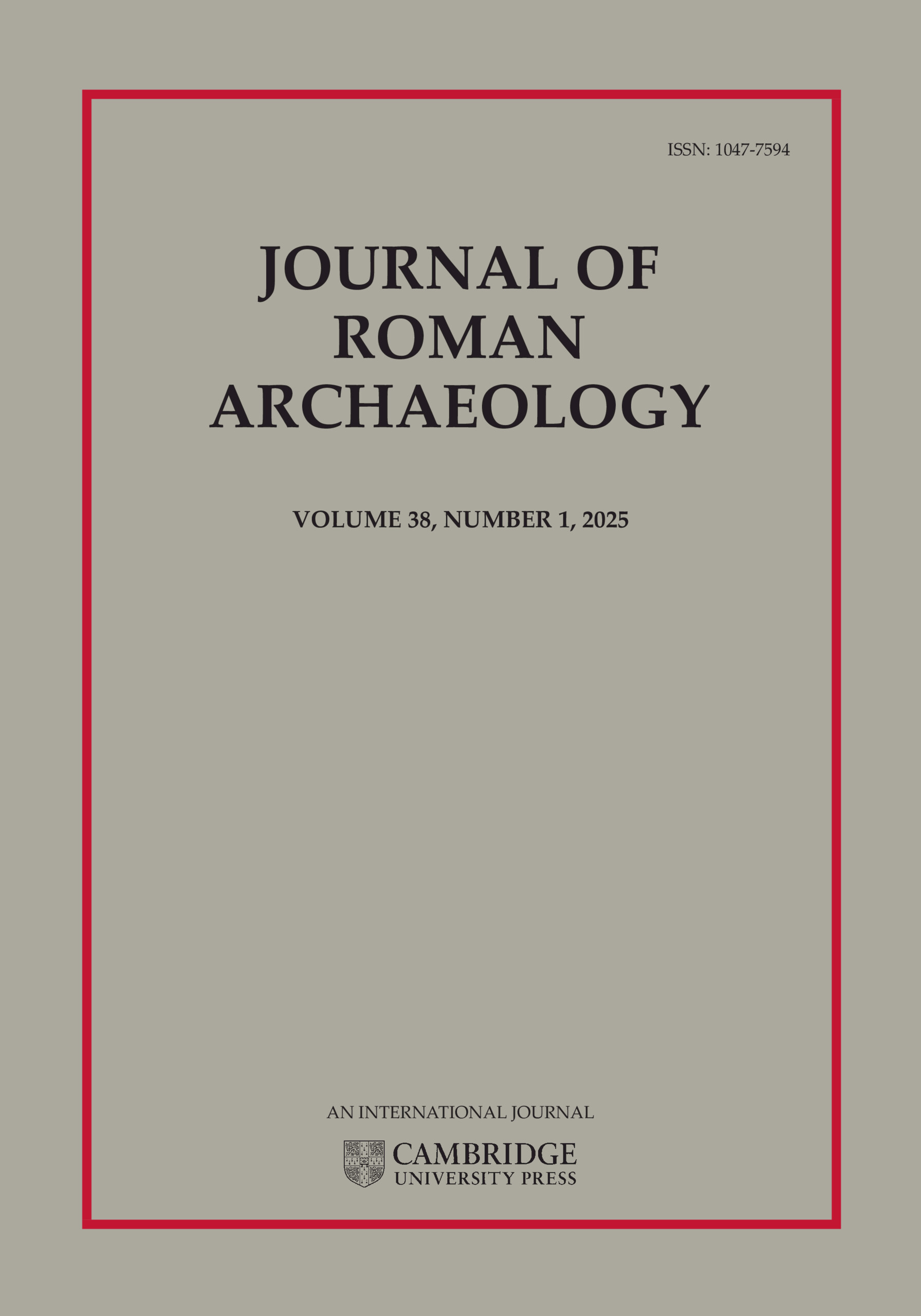Roman Siege Trophy: The Decapitated Cantabrian Defender from La Loma





The Cantabrian Wars and the Siege of La Loma
The rugged mountains of northern Spain witnessed one of Rome's most brutal campaigns during the final phase of Iberian conquest. Between 29 and 16 BCE, the Cantabrian Wars represented the last desperate struggle between the Roman Empire and the free Celtic peoples of western Europe. At the hillfort of La Loma in present-day Palencia, archaeological evidence has preserved a frozen moment of this conflict, offering unprecedented insights into ancient warfare, Roman military tactics, and the tragic fate of indigenous defenders.
This extraordinary site combines battlefield archaeology with human remains, ancient DNA analysis, and comprehensive material evidence to reconstruct not merely the mechanics of siege warfare, but the personal cost of imperial expansion. Here, Roman legions confronted the Cantabri, particularly the group known as the Camarici, in what would become one of the most thoroughly documented Iron Age conflicts in European archaeology.
La Loma was no mere frontier outpost but a thriving Iron Age oppidum that had dominated the local landscape for over a century before Roman arrival. Archaeological excavations reveal a sophisticated fortification system featuring parallel stone walls filled with rubble, defensive bastions, and carefully engineered entrance works. The northeastern gateway, which became the focal point of the final assault, demonstrates remarkable military architecture including a deep defensive ditch nearly five meters deep, graveled approach roads resembling Roman construction techniques, and a narrow kill-zone designed to funnel attackers into concentrated defensive fire.
The discovery of Roman military equipment scattered throughout the assault zone - including hobnails from caligae (military boots), armor fragments, belt buckles, and weapon components - provides tangible evidence of close-quarters combat. Many artifacts bear clear damage from cuts and impacts, silent testimony to desperate hand-to-hand fighting between Cantabrian warriors and Roman legionaries in the confined spaces of the gateway approaches.
The final assault on La Loma left an archaeological signature of remarkable clarity. Above the battlefield debris lies a thick layer of ash from systematic burning that consumed the settlement after its capture. This destruction was not random violence but deliberate policy - Roman forces looted valuable materials before setting fires that reduced Cantabrian homes to charcoal and rubble.
Following the conquest, Romans converted the northern portion of the hilltop into a temporary military installation. They constructed new earthen ramparts and ditches directly over the ruins of native houses, reusing existing defensive features including the deep moat and portions of the entrance fortifications. This temporary fort served as a secure base during the continuation of military operations against remaining Cantabrian resistance in the surrounding mountains.
In summer 2020, excavators working at the entrance bastion made a chilling discovery beneath collapsed wall stones: scattered fragments of a human skull mixed with ash and military debris. This was no formal burial but rather the remains of an individual whose head had become part of the siege's brutal aftermath.
Careful excavation and systematic sieving of the collapse layers revealed cranial fragments distributed across approximately one meter of rubble. Significantly, no mandible or other skeletal elements were present, indicating that only the head had been deposited at this location. The bones lay directly above the burnt assault surface and road paving, suggesting they had fallen from above when the fortifications were finally demolished.
Radiocarbon dating of the skull confirmed its association with the Cantabrian Wars, producing dates consistent with the siege of La Loma in the late 20s BCE. The chronological evidence aligns perfectly with the numismatic dating and historical records of the campaigns, leaving no doubt that these remains belong to someone who lived and died during this specific military conflict.
Painstaking reassembly of the skull fragments revealed much of the cranial vault and facial architecture, including upper jaws, left cheekbone, and isolated teeth. Anthropological analysis indicates an adult male, evidenced by robust nuchal crests, pronounced mastoid processes, and strong brow development. Cranial suture closure patterns suggest an individual in his forties or fifties, making this a mature defender rather than a young warrior.
DNA results definitively identify this individual as indigenous to northern Iberia. His mitochondrial lineage belongs to haplogroup V20, today most common in Spain and deeply rooted in prehistoric Iberian populations. His Y-chromosome falls within the R1b-DF27 lineage, which became the dominant male line in Iberia during the Early Bronze Age and remains particularly frequent in the Basque Country and northern Spain.
Genome-wide comparison with other ancient individuals places him squarely within Iron Age Iberian populations, showing closest affinity to individuals from nearby sites like Monte Bernorio and La Hoya. This genetic evidence confirms that he was not an imported auxiliary or foreign mercenary but rather a local Cantabrian whose ancestry was firmly rooted in the regional population that had inhabited these mountains for centuries.
The siege of La Loma exemplifies the brutal efficiency of Roman conquest during the early imperial period. The archaeological evidence documents systematic military tactics, from encirclement and missile bombardment to assault, occupation, and deliberate destruction designed to prevent future resistance. The temporary Roman fort established over the ruins demonstrates how imperial forces consolidated territorial gains before advancing to new objectives.
The severed head mounted on the conquered walls represents both Roman victory culture and the human cost of imperial expansion. This individual defender, whose DNA links him to populations that had inhabited these mountains since the Bronze Age, became an unwilling symbol of Roman dominance at the very edge of the known world.

Comments